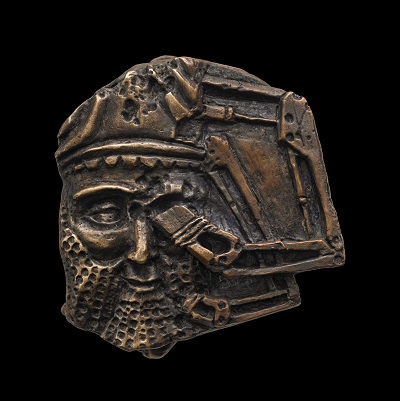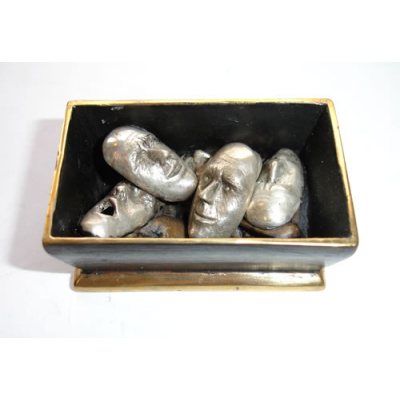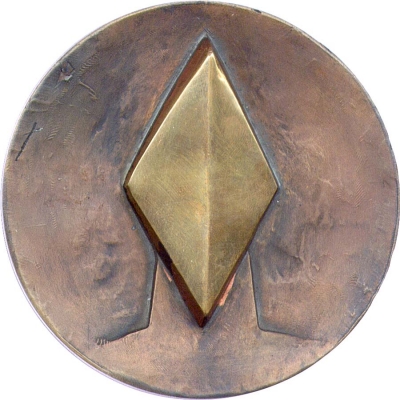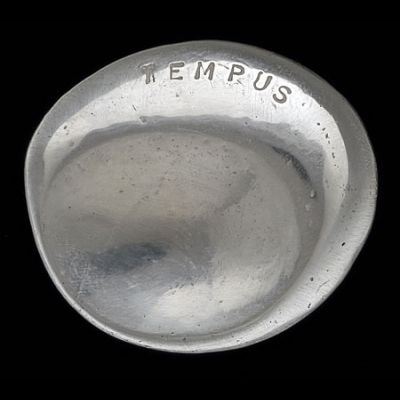Emma Broughton (b.1970) studied fine art and printmaking at Brighton University before moving into the medium of digital illustration and animation. Having worked for twelve years in the digital industry, she exchanged one of the newest art media for one of the oldest, retraining in 2009 as a stone-carver. On completing her post-graduate course, Emma was invited to be the Carving Fellow at the City and Guilds of London School of Art. Since then she has been commissioned by the Fabric Committee of St George’s Chapel, Windsor, to design and carve an angel for a thirteenth-century niche in the Dean’s Cloisters and to carve a grotesque for the outside of the building. In 2012 she was part of the team that created the prow sculpture for the Diamond Jubilee barge that carried the royal family in the Thames river pageant; for this she created two half-life-size models of Britannia. She was a finalist for the ‘Founders Prize’ and her work was shown at the Guildhall in London. Public art exhibitions in which her work has been shown have include Face 2011, the Society of Portrait Sculptors’ open show, the 2013 Threadneedle prize exhibition at the Mall Galleries, and most recently the 2015 Royal Academy summer show. She curated her first solo show at London’s Coningsby Gallery in 2014. About her BAMS medal, Plague, she writes: ‘On one side of the medal there is a life-sized locust in the foreground modelled in deep bas relief, in the background pyramids. The swarm of locusts was the eighth of the biblical plagues of Egypt. They destroyed everything in their wake. On the other side is depicted the broken head of a carved Assyrian winged bull, with the arms of two industrial drills in the process of destroying its features. In contrast this is low relief. The destruction of art justified by religious beliefs, the clash of art and religion, the importance of art in defining and representing cultural heritage and identity, are all issues that I wish to highlight.’
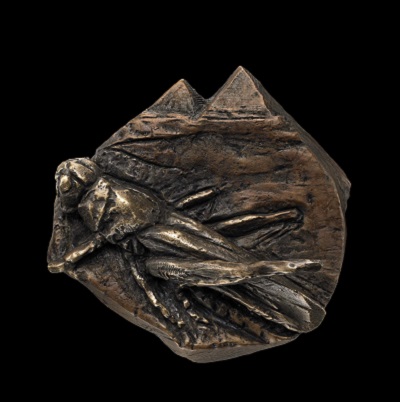
Plague
Plague
£150.00
By: Emma Broughton, 2015
Medium: cast bronze
Size: 87 x 87 x 45mm
Cast by: Lunts Castings
Issue: The Medal, no. 67 (2015)
Edition: 33
